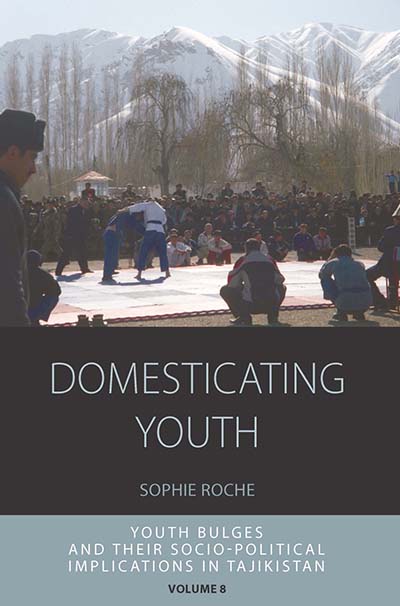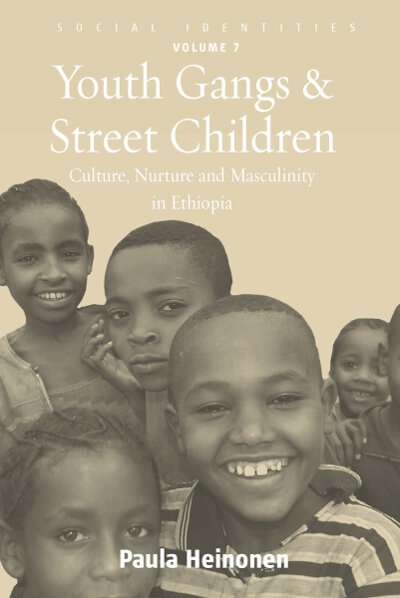
Sophie Roche’s volume Domesticating Youth: Youth Bulges and their Socio-political Implications in Tajikistan, published last month, is the fruit of her ethnographic labor in the post-Soviet republic of Tajikistan. During her fieldwork in the first decade of the 21st century, the country was in a state of transition following its civil war in the 1990s and subsequent population growth. In an earlier post, which can be read here, the author wrote of her study within the country — specifically how it changed after she left. Following she returns to her story of the country — this time through photos from her fieldwork in three locations within Tajikistan: Jirgatol, Shahritus, and Shahrigul.
Continue reading “A Look through the Lens at ‘Domesticating Youth’”




 As should any item or idea in which its creator has invested more than fifteen years, this book very strongly reflects my own life course and concerns. Having cut my teeth on the canon of English language anthropological studies of Japanese farming villages as an undergraduate student, but then having trouble reconciling what I experienced in Ogata-mura in 1995–1996 with what I had previously encountered in this body of literature, I came to want to make my own contribution to the study of Japanese farming villages in the twentieth (and twenty-first) century, but in my own way. As an anthropologist who earned post–graduate degrees in both the USA and Japan, I have attempted to marry the respective ethnological traditions of these two countries, while aiming for a broad audience of social scientists and students of Japan and its society.
As should any item or idea in which its creator has invested more than fifteen years, this book very strongly reflects my own life course and concerns. Having cut my teeth on the canon of English language anthropological studies of Japanese farming villages as an undergraduate student, but then having trouble reconciling what I experienced in Ogata-mura in 1995–1996 with what I had previously encountered in this body of literature, I came to want to make my own contribution to the study of Japanese farming villages in the twentieth (and twenty-first) century, but in my own way. As an anthropologist who earned post–graduate degrees in both the USA and Japan, I have attempted to marry the respective ethnological traditions of these two countries, while aiming for a broad audience of social scientists and students of Japan and its society.